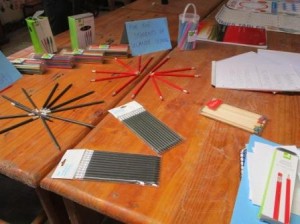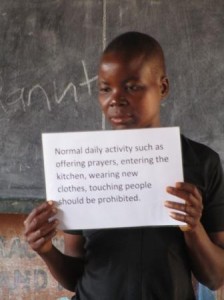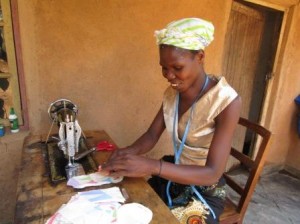Bryony reports on a cultural experience- watching a local dance troupe.
A Gule Wamkulu is a traditional tribal dance that involves dancers taking on the persona of spirit while wearing a mask.
The dance has three functions:
Education
Therapy
Entertainment
Gule Wamkulu often take place on special occasions or at prestigious events.
The dance also involves music and singing. It begins when the drumming begins.
Hoards of onlookers came running to the middle of the village and within minutes the whole area was full!
More information on the student blog at:
http://www.dashtomalawi.blogspot.co.uk/2015/09/gule-wamkulu-big-dance.html
T
The monkey
Sophie reports on the My Girl project:
We were lucky enough to be able to observe and participate in education sessions for Project My Girl.
Aside from the science, these sessions ironed out the discrepancies between traditional beliefs of menstruation and the truth. It was shocking to learn some of the Malawian traditional myths that the girls originally believed and rewarding to observe them learn the truth and realize menstruation is a natural part of growing up.
Observing the progression in the girl’s knowledge and confidence to speak openly about menstruation was one of the most inspirational things about being part of Project My Girl. It was clear that the sessions had empowered the girls.
We handed out the reusable sanitary packs to each of the girls (three reusable sanitary pads and two pairs of knickers) once the girls had been shown how to use them. Each of the girls were so grateful and excited to receive their own packs and seeing their reaction was a touching experience which will stay with me.
The theme of the trip was supporting education.
The group visited several schools, many of them in very rural settings, supporting their learning, playing sport and helping in their feeding programme.
We took in part in borehole monitoring which involved surveying boreholes in the local area to asses whether they were functioning or not. We went out in teams to check the status of known boreholes and help repair them. This survey also allowed us the opportunity to monitor the quality of the borehole water.
Using a field kit the water was tested for faecal coliforms and in particular E.coli, with some very alarming results, with some water sources showing heavy E.coli contamination.
Work like this allows identification of contamination so that action can be taken which will help to provide safe water to communities, as a single borehole can supply 100s of people (Bryony Down)





























